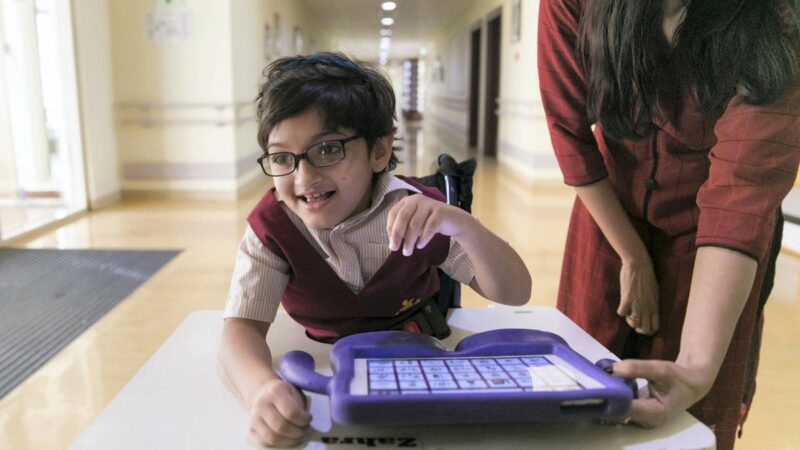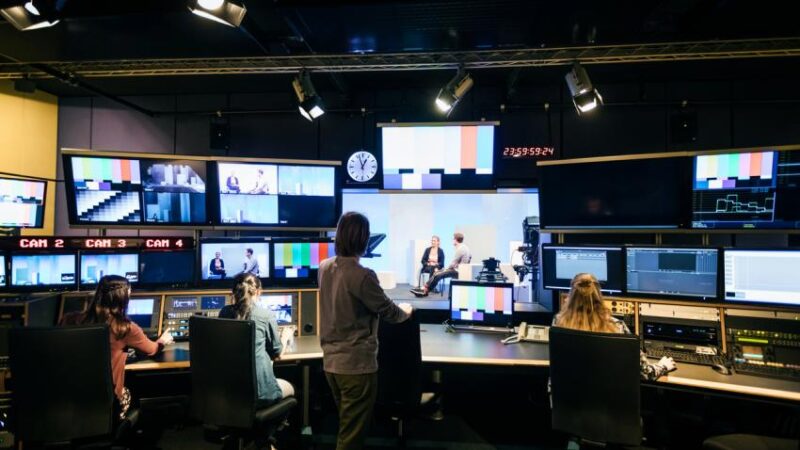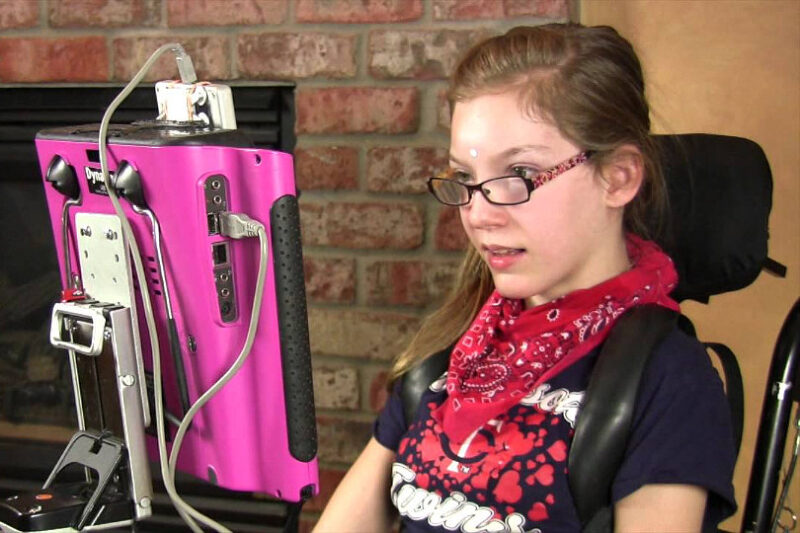If you’re the parent of a child with disabilities, then you know how expensive it can be to equip them with the tools they need to live their best life. And for children who are just beginning their educational journey, the necessary access and accommodations can add up. Fortunately, there are a few ways to help offset some of those costs. Here are a few ideas to help you get started:
1. Start with an Accessible Childhood Act Advocate
Parents aren’t the only ones who can relay their concerns about assistive technology; some organizations can advocate on behalf of your child as well. The Access Board, an independent federal agency, helps families obtain products and services for children with disabilities.
They also have the power to require accessibility in all public and private buildings, schools and universities. In addition, the Department of Education offers grants for students with disabilities who need assistance.
2. Get Educated About Assistive Technology

If you know how and why you need certain devices to help your child learn and grow, then you can better advocate for those needs. For instance, you might need a whiteboard for your child for a visual learning situation, but you’d prefer not to buy one.
3. Apply for Assistive Technology Grants
There are numerous grants available for assistive technology. The Individuals typically fund these with Disabilities Education Act (IDEA).
4. Explore Funding Opportunities

If you research your state’s Assistive Technology Act, you may find that there is funding available for programming and evaluation of your child’s particular needs. Also, check into any statewide programs that support education or disability initiatives and grants. Some schools will provide assistive devices for students when their parents can’t afford them.
5. Start Saving Early

Start saving now to offset the costs of assistive technology. Even if you’re not ready to purchase something right now, you can start by putting money away in a savings account. You may also want to consider setting up a fund with a matching grant through your employer or university. Whatever method you choose, having some reserve will allow you to obtain an assistive device when needed.
6. Start the Conversation

If you’re unsure where to begin, then start by asking your school district how they plan to accommodate your child with funding. Depending on the nature of your child’s disability and other resources, there may be a few options to consider. If these aren’t available, ask about downloadable products or software that may be suitable. If possible, you should also incorporate that into the conversation with staff members.
Often, you’ll find that school staff members are more than willing to help find grants and other resources. They may even be willing to try out the equipment with your child, so they can see how it works. Also, don’t be afraid to speak up for your child. If you feel that a certain treatment or device is important, tell the school to make sure they consider it. After all, it’s their job to educate kids and help them learn; so, if you’ve outlined your concerns, then it’s their responsibility as educators to help implement a plan that helps your child in the best way possible.
7. Reach Out to Others

Now that you’ve figured out the basics, it’s time to reach out to others for assistance. First, join your state or regional organization. A local chapter of the National Association of the Deaf may help you start or join a local advocacy group. Next, check with other parents to offer their expertise and contacts in addition to sharing their own stories. And finally, find someone who is an expert in assistive technology.
Conclusion
The tips shared in this article may provide some ideas for you to get started. However, there are so many other ways to approach the situation. Helping your child become more independent and functional is important, so don’t forget to find what’s best for them. And having the right equipment can go a long way as far as their future goes. Finally, remember that numerous organizations cater specifically to assistive technology and disabilities in general that you may want to contact.


